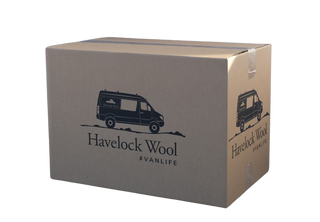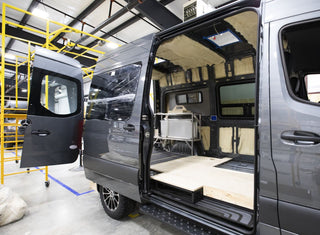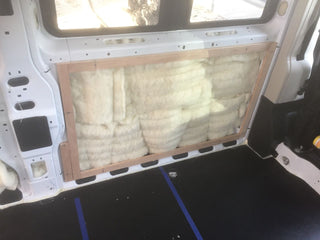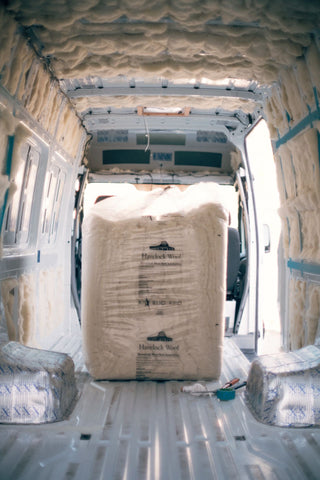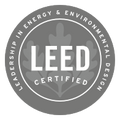
Travel Light, Stay Warm
Wool insulation gives van builds a powerful combination of thermal regulation, sound control, and air quality support with a single, natural material.
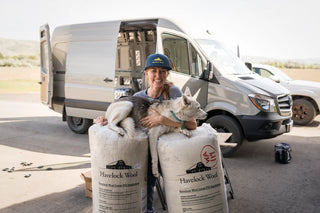
All-Season Comfort
Wool regulates heat and moisture in real time, helping keep your van warm in the cold and cool in the heat. It creates a more consistent interior climate wherever you park.
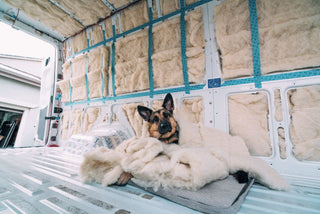
Safe, Simple Installation
Wool is easy to handle and install with no protective gear or adhesives required. It conforms to irregular spaces and stays in place without slumping or off-gassing.
Walls and Ceiling
Insulate walls and ceilings to reduce road noise, regulate temperature, and create a quieter, more comfortable living space.
Floor Panels
Add a thermal and acoustic layer under your flooring to reduce heat loss and dampen sound without sacrificing valuable space.
Wheel Wells
Reduce engine and road noise by wrapping wheel wells and metal cavities with wool for improved sound control and insulation.
Cabinets and Nooks
Stuff into hard-to-reach voids to minimize rattling, quiet loose panels, and insulate areas that are often overlooked in van builds.

